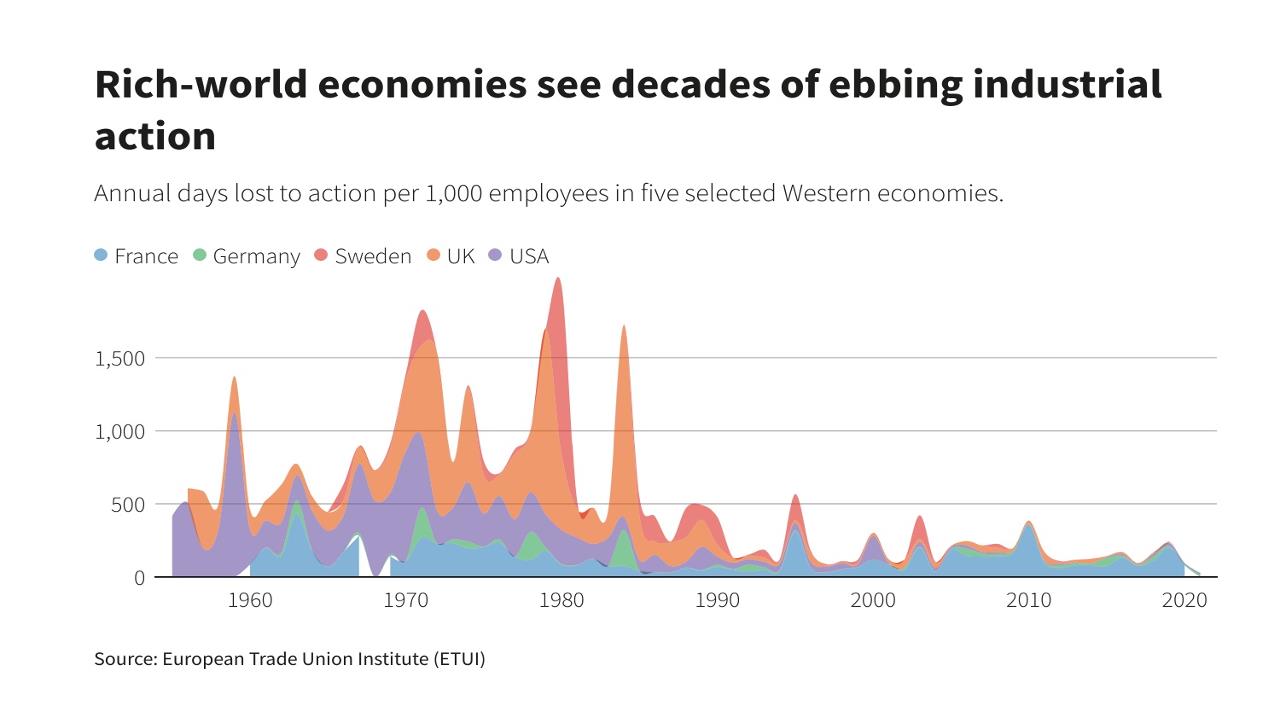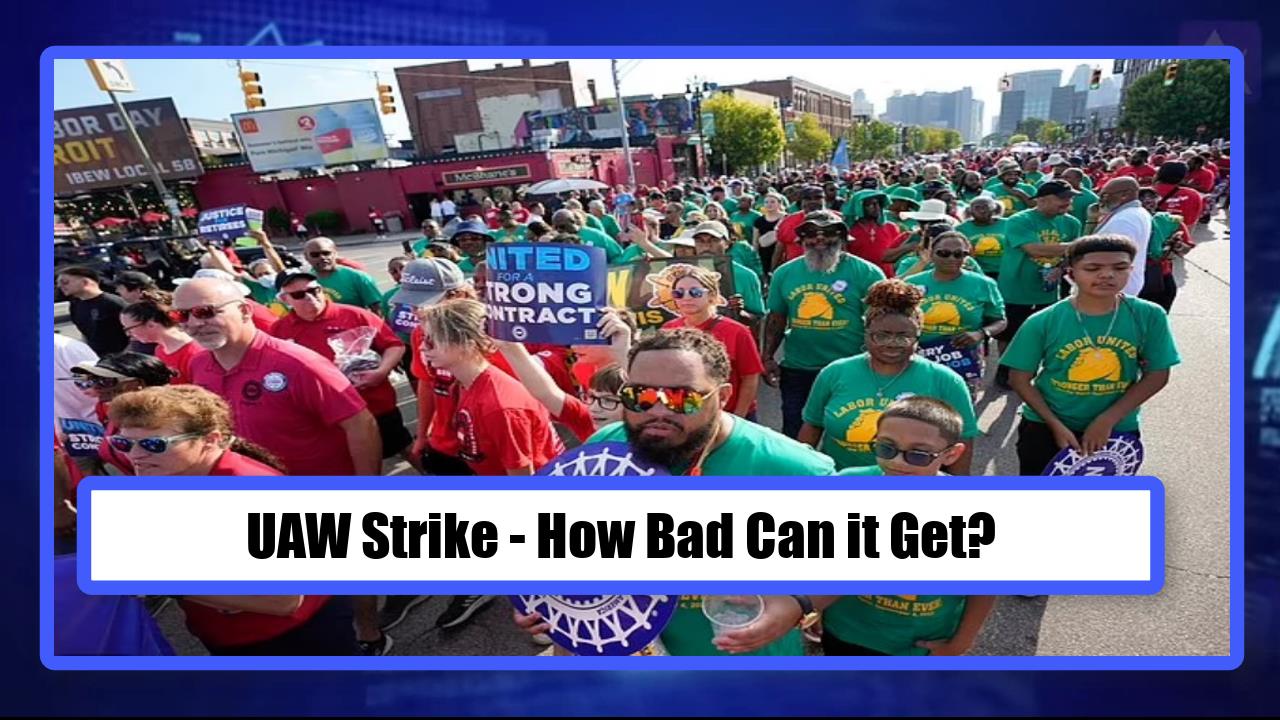Video:
Take our online poll:
AI Analysis:
Strikes and labor actions have a long history, and their success in reducing wealth inequality and improving workers' rights has varied depending on the context, tactics employed, and the broader economic and political landscape. Here are some historical examples and insights:
1) Late 19th and Early 20th Century Labor Movements: In the late 19th and early 20th centuries, labor movements and strikes in industrialized countries like the United States played a significant role in improving working conditions, reducing excessive working hours, and increasing wages. For example, the successful strikes by the American labor movement in the late 19th and early 20th centuries contributed to the establishment of labor laws and regulations that improved worker protections.
2) The Great Depression: During the Great Depression of the 1930s, labor strikes and the rise of labor unions gained momentum in the United States. Strikes by industrial workers, including those in the auto and steel industries, played a role in securing better wages and working conditions.
3) Civil Rights Movement: While not exclusively labor-focused, the civil rights movement in the United States during the 1950s and 1960s contributed to reducing racial inequality, which is closely intertwined with economic inequality. This movement brought attention to issues of racial segregation and discrimination in employment and contributed to policy changes aimed at reducing disparities.
4) Post-World War II Labor Movements: In many Western countries after World War II, strong labor movements and unions were instrumental in securing wage increases and social benefits for workers. These efforts contributed to reducing wealth inequality during the mid-20th century.
5) Recent Labor Movements: In recent years, various labor actions and strikes have aimed to address issues like income inequality, minimum wage increases, and improved working conditions. While some have achieved limited success at the local or industry level, broader national changes remain a subject of ongoing debate.
However, it's essential to note that the effectiveness of strikes and labor movements in reducing wealth inequality can vary depending on factors such as the strength of labor unions, government policies, the overall economic climate, and the specific demands and strategies of the labor movement.
Additionally, wealth inequality is influenced by numerous factors beyond labor actions, including tax policies, globalization, technological changes, and financial market dynamics. Addressing wealth inequality often requires a multifaceted approach involving not only labor movements but also government policies, social programs, and broader economic reforms.
In summary, while strikes and labor movements have historically played a role in improving worker conditions and reducing wealth inequality, their success has been influenced by a complex interplay of factors, and their impact can vary over time and across different contexts.
Chart:

References:


Comments